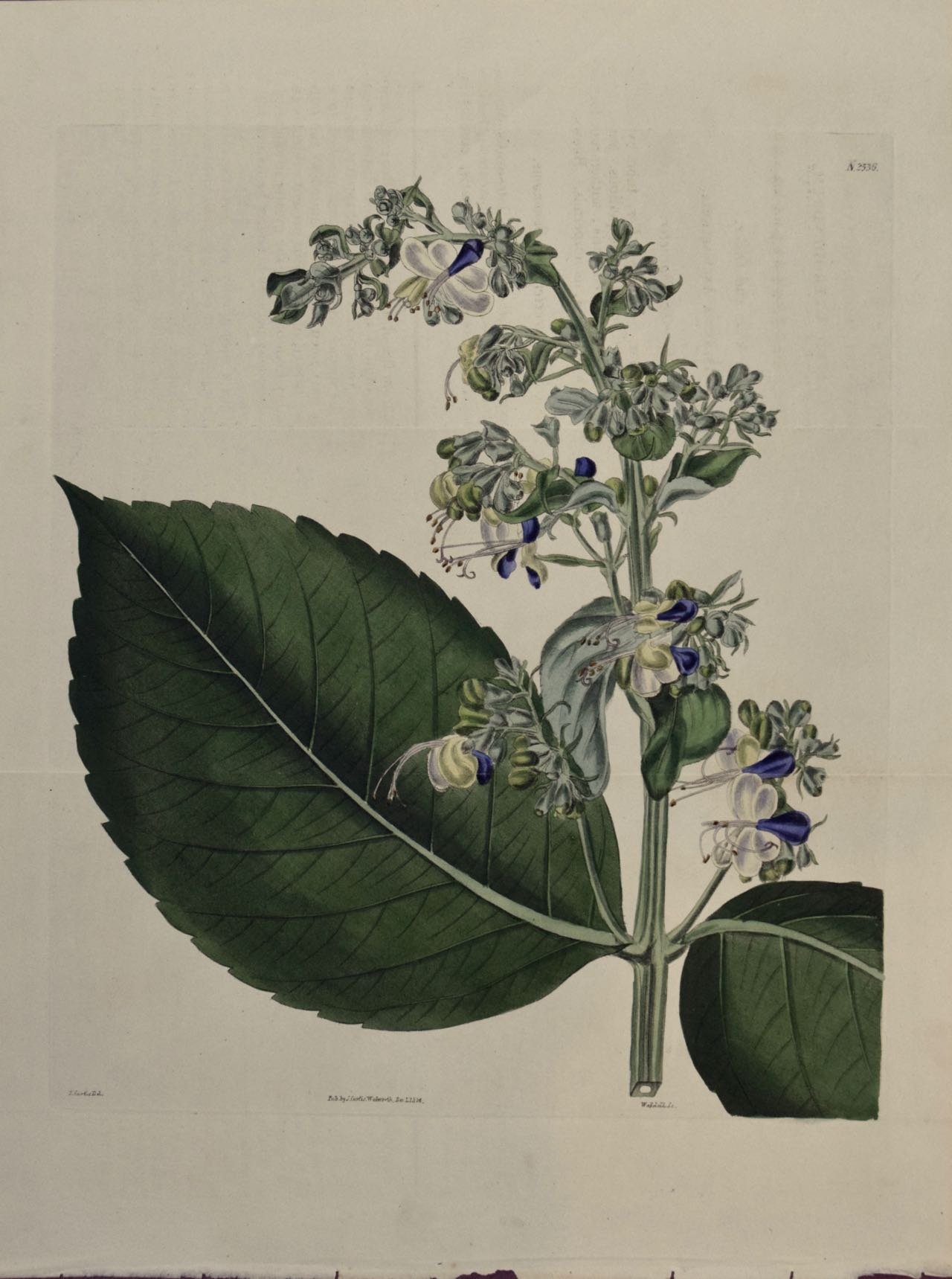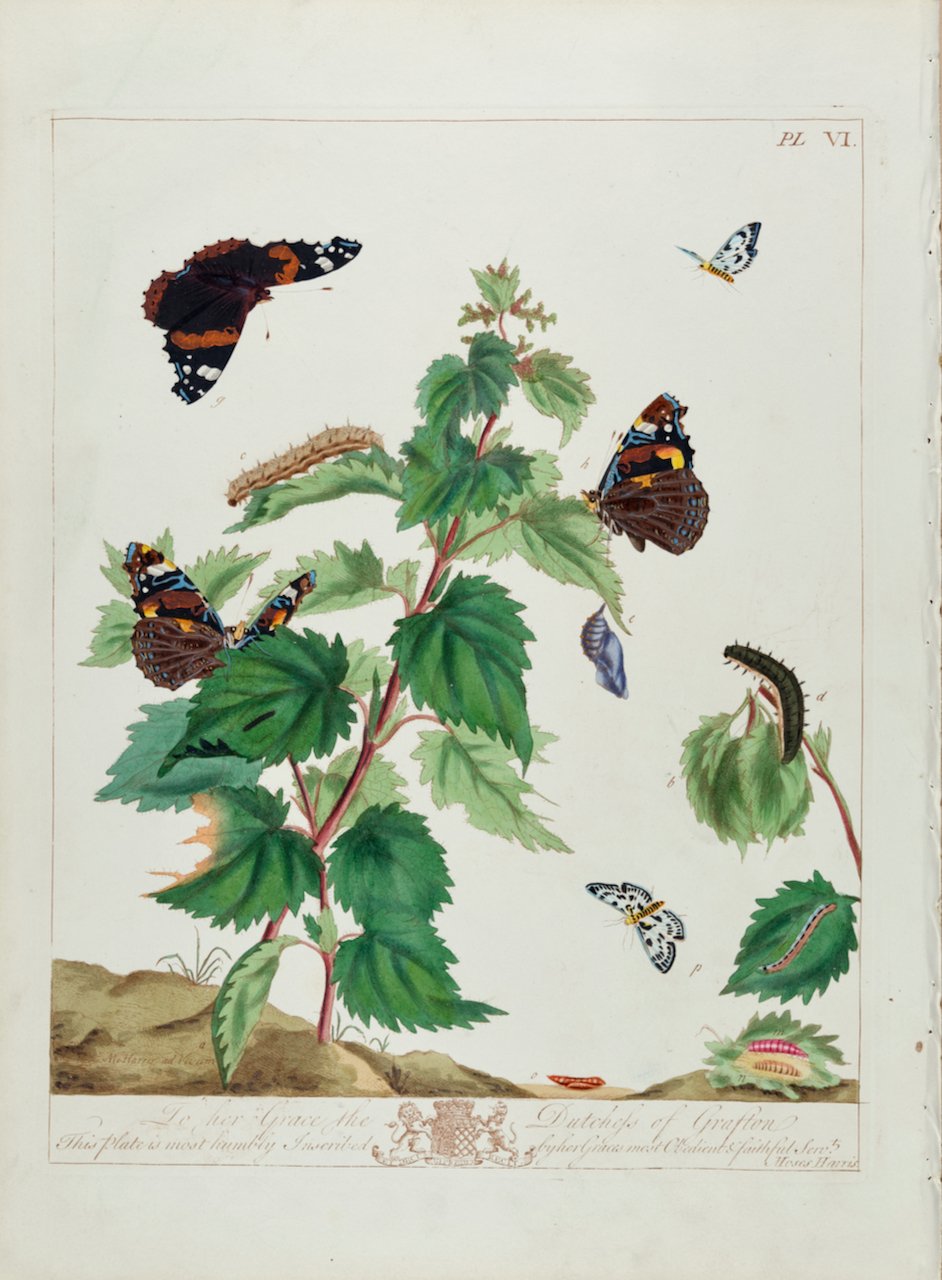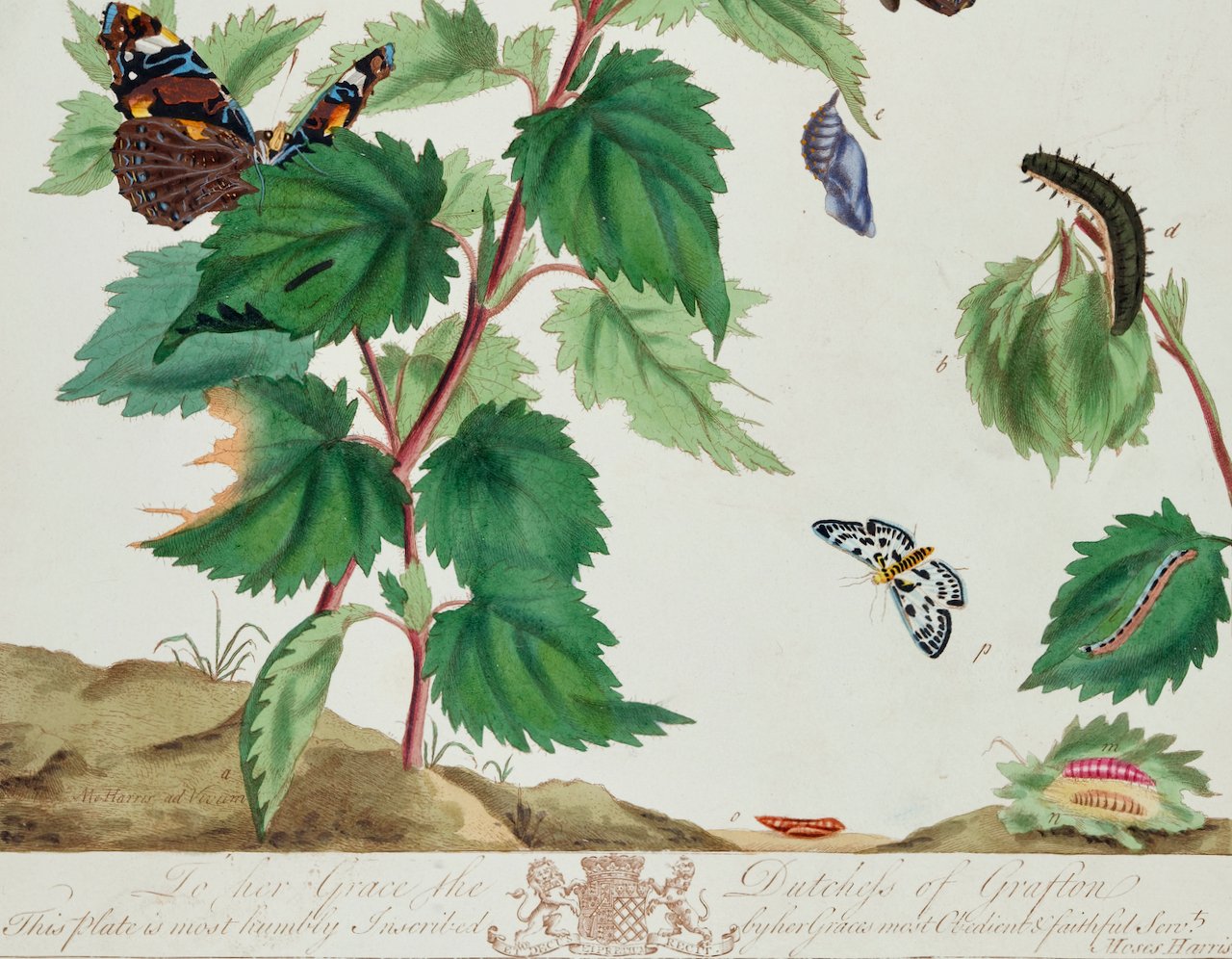Calendula Flowers: An 18th Century Hand-colored Botanical Engraving by B. Besler
A hand-colored copper plate engraving depicting "Calendula prolifera; Calendula lutea flore pleno; Calendula lute medioruffa" flowers from Basilius Besler's landmark work, Hortus Eystettensis (Garden at Eichstatt), first published in 1613 in Eichstatt, Germany near Nuremberg and later in 1640 and 1713. Calendula flowers are commonly used for treating wounds, rashes, infection, inflammation, and many other conditions, although there is no definitive proof of their efficacy.
Creator: Basilius Besler
Creation Year: 1713
Dimensions: Height: 30 in (76.2 cm) Width: 26.63 in (67.65 cm) Depth: 0.75 in (1.91 cm)
Medium: Engraving
Condition: See description below.
Reference #: 3924
A hand-colored copper plate engraving depicting "Calendula prolifera; Calendula lutea flore pleno; Calendula lute medioruffa" flowers from Basilius Besler's landmark work, Hortus Eystettensis (Garden at Eichstatt), first published in 1613 in Eichstatt, Germany near Nuremberg and later in 1640 and 1713. Calendula flowers are commonly used for treating wounds, rashes, infection, inflammation, and many other conditions, although there is no definitive proof of their efficacy.
Creator: Basilius Besler
Creation Year: 1713
Dimensions: Height: 30 in (76.2 cm) Width: 26.63 in (67.65 cm) Depth: 0.75 in (1.91 cm)
Medium: Engraving
Condition: See description below.
Reference #: 3924
A hand-colored copper plate engraving depicting "Calendula prolifera; Calendula lutea flore pleno; Calendula lute medioruffa" flowers from Basilius Besler's landmark work, Hortus Eystettensis (Garden at Eichstatt), first published in 1613 in Eichstatt, Germany near Nuremberg and later in 1640 and 1713. Calendula flowers are commonly used for treating wounds, rashes, infection, inflammation, and many other conditions, although there is no definitive proof of their efficacy.
Creator: Basilius Besler
Creation Year: 1713
Dimensions: Height: 30 in (76.2 cm) Width: 26.63 in (67.65 cm) Depth: 0.75 in (1.91 cm)
Medium: Engraving
Condition: See description below.
Reference #: 3924
This beautiful colorful engraving is presented in a gold gilded wood frame and double white mats. There is some text offset as is frequently seen in Besler prints and occasional tiny spots and small frame abrasions. It is otherwise in very good condition.
Basilius Besler (1561–1629) was an apothecary and botanist. He was curator of the Willibaldsburg Castle garden of Johann Konrad von Gemmingen, prince bishop of Eichstätt, in Bavaria, who supported Besler's academic and artistic creation and whose funds allowed the purchase of exotic plants from all over Europe. Besler spent 16 years producing drawings of 1084 varieties of plants and flowers in different seasons. These were then engraved on copper plates by master artists, resulting in the 367 beautiful and detailed engravings which comprise Besler's monumental florilegium Hortus Eystettensis, the first large-scale botanical publication.























